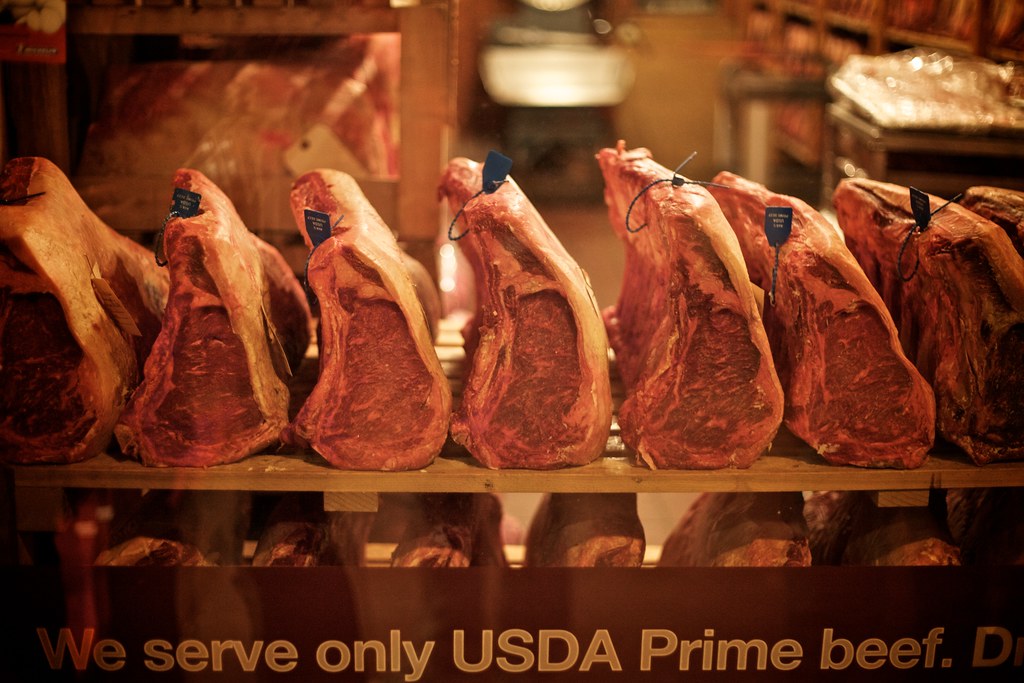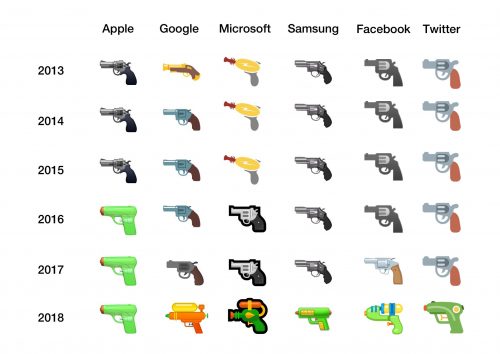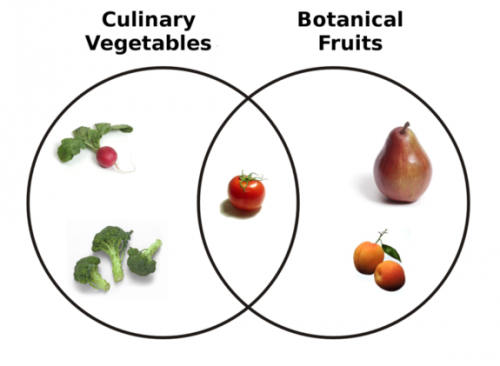Here’s a vintage ad for Swift canned meat products for babies:

(Found here.)
Are parents still encouraged to have “husky” babies? I have a feeling our changing ideas about body size and health have affected how we view babies as well (and I’ve heard of a couple of recent cases where insurance companies turned down infants for being too fat).
We’ve long seen meat associated with strength, particularly when it comes to men. And while the connection between meat and healthy growth is interesting–for instance, think of what we mean when we say someone is a “vegetable,” compared to the message here–what grabbed my attention was a line from the next-to-last paragraph of the ad text:
Baby’s choice of delicious beef, lamb, pork, veal, liver, heart.
It’s a great example of the social construction of what kinds of foods are appropriate and tasty. I highly suspect if Gerber’s put out a line of liver or heart baby food, it wouldn’t sell particularly well. I searched Gerber’s website and couldn’t find anything of the sort available (though they do still have veal with veal gravy). Most Americans simply don’t think of liver and heart as desirable foods any more, and would probably consider canned minced beef heart a more appropriate food for dogs than babies.
Of course, if you call liver paté or foie gras and make is sufficiently expensive, then it can become desirable again.





